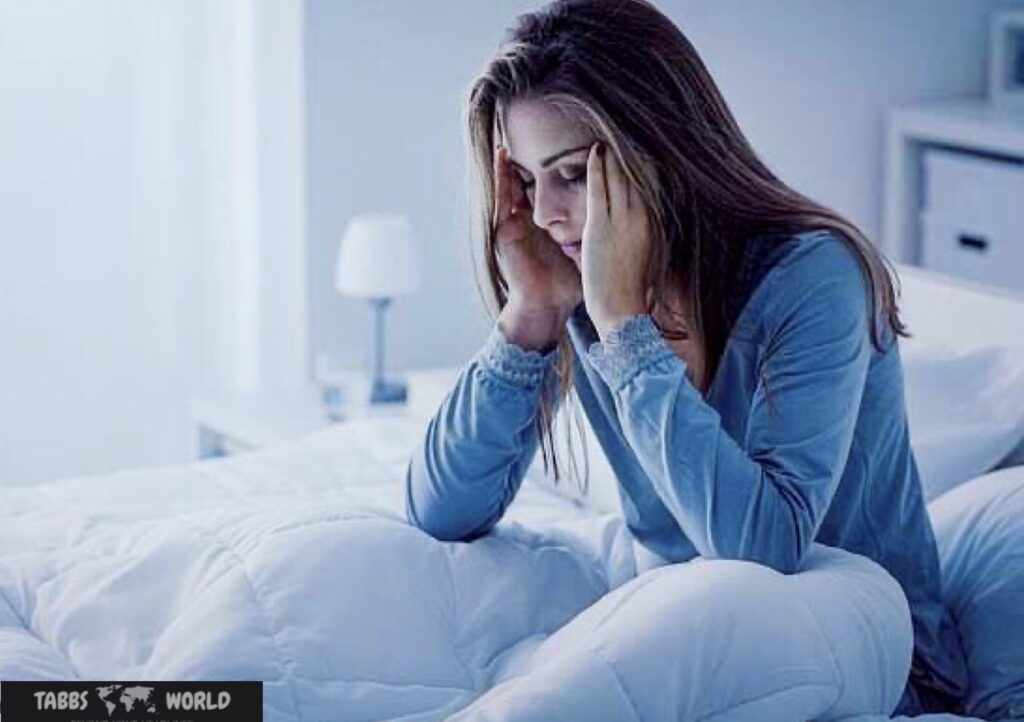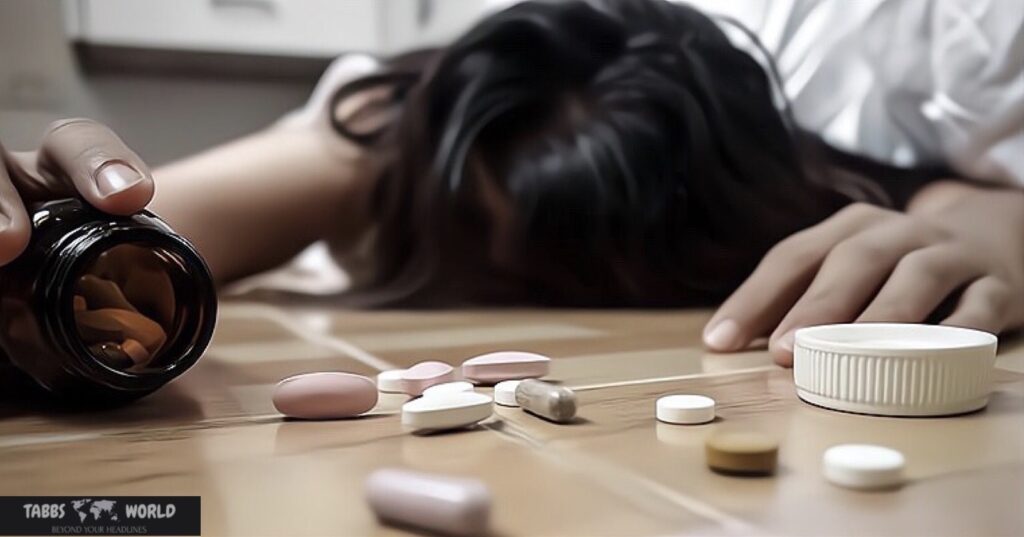
In the realm of sleep disorder treatment, a transformative shift is underway, challenging the traditional reliance on medication. With groundbreaking research and the emergence of innovative procedures, the pill-free method is revolutionizing the sleep treatment landscape, bringing new hope to those suffering from sleep disorders.
Sleep disorders affect millions of people worldwide, disrupting lives and posing significant health risks. Traditionally, treatment has primarily revolved around pharmaceutical interventions. However, early strategies are now paving the way for non-drug alternatives, which promise effective solutions to sleep-related challenges.

Finding non-pharmacological solutions
A variety of non-pharmacological approaches are gaining importance in the realm of sleep therapy. Leading this charge is cognitive-behavioral therapy for insomnia (CBT-I), a highly effective method focused on behavior change and cognitive restructuring. By targeting underlying psychological factors and promoting healthy sleep habits, CBT-I offers a comprehensive solution to insomnia.
Light therapy has emerged as another promising avenue, particularly in the treatment of circadian rhythm disorders. By leveraging specific wavelengths of light to regulate the body’s internal clock, light therapy effectively synchronizes sleep-wake cycles, providing relief for those with conditions such as delayed sleep phase syndrome. Provides.
Mindfulness-based interventions, including meditation and yoga, are also making significant strides in treating sleep disorders. By promoting relaxation and stress reduction, mindfulness practices create an environment conducive to restful sleep, offering a natural cure for insomnia.

Use of technological advances
Advances in technology have led to innovations in sleep therapy. Wearable devices and smartphone applications equipped with sleep tracking features provide invaluable insight into sleep patterns and quality. These tools empower individuals to monitor their sleep habits, facilitate personalized interventions, and enhance self-management of sleep disorders.

Challenges and opportunities
While the transition to a bullet-free approach holds great promise, it is not without its challenges. Access to non-pharmacological interventions may be limited by factors such as cost and availability, exacerbating health care disparities. Additionally, cultural attitudes regarding sleep and mental health stigma may hinder the widespread adoption of alternative therapies.
However, by addressing these challenges and raising awareness, healthcare providers can usher in a new era of sleep therapy. By adopting a holistic, multidisciplinary approach and prioritizing patient-centered care, we can redefine the quality of sleep disorder treatment, ensuring that individuals are treated with their unique needs. According to get comprehensive support.
Result
The paradigm shift toward a pill-free approach to sleep therapy ushers in a new dawn in the field of sleep therapy. Through innovative approaches like CBT-I, light therapy, mindfulness interventions, and technological advances, we are redefining the boundaries of sleep care. As we continue to embrace innovation and advocate for access to holistic treatments, we pave the way for a future where restful sleep is within everyone’s reach.
Table of Contents
How effective are non-pharmacological treatments for sleep disorders?
Non-pharmacological treatments for sleep disorders have shown promising results, particularly in addressing insomnia, circadian rhythm disorders, and other sleep disturbances. Research indicates that approaches such as CBT-I, light therapy, and mindfulness interventions can yield significant improvements in sleep quality and duration.
What is Cognitive-behavioral Therapy for Insomnia (CBT-I), and how does it work?
CBT-I is a structured, evidence-based therapy that targets the underlying behavioral and psychological factors contributing to insomnia. It involves techniques such as sleep restriction, stimulus control, relaxation training, and cognitive restructuring to promote healthier sleep patterns and address insomnia symptoms.
How does light therapy help in treating sleep disorders?
Light therapy involves exposure to specific wavelengths of light, typically administered through specialized light boxes, to regulate the body’s circadian rhythms. It is particularly effective in addressing circadian rhythm disorders such as delayed sleep phase syndrome and shift work sleep disorder by resetting the internal clock and synchronizing sleep-wake cycles.
Are there technological solutions available for managing sleep disorders?
Yes, technological advancements have led to the development of various sleep tracking and monitoring devices, such as wearable sensors and smartphone applications. These tools provide real-time data on sleep patterns and quality, empowering individuals to track their sleep habits and make informed lifestyle changes to improve sleep health.



